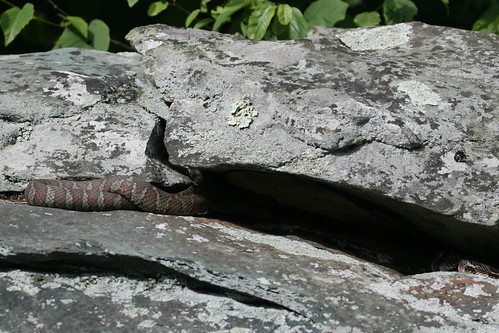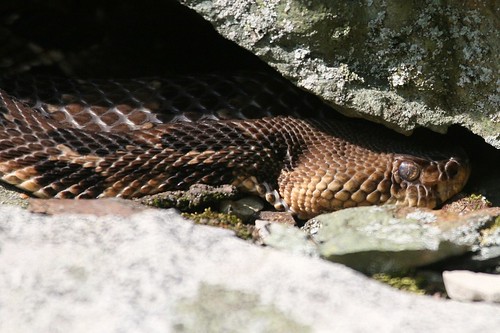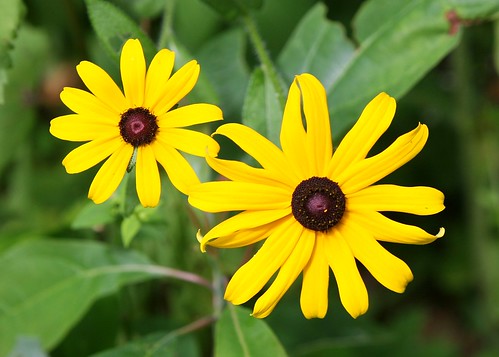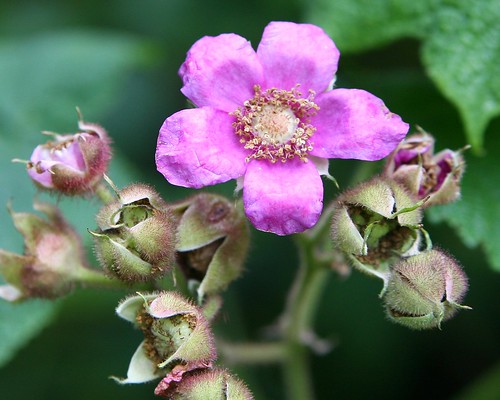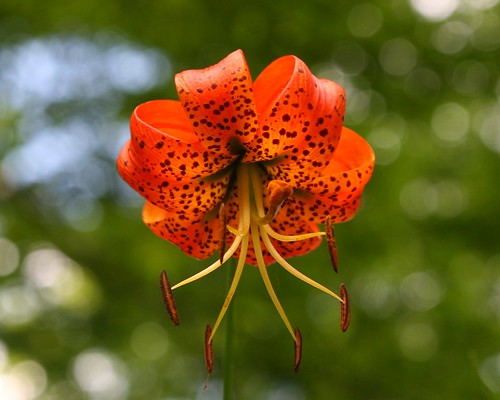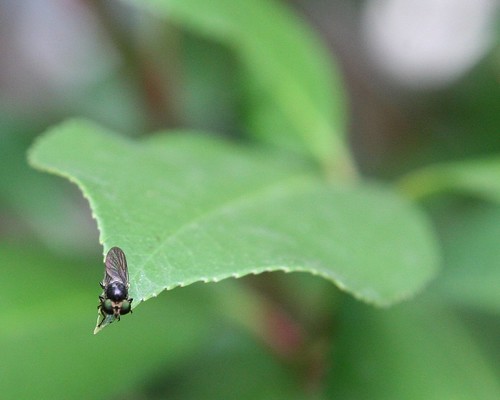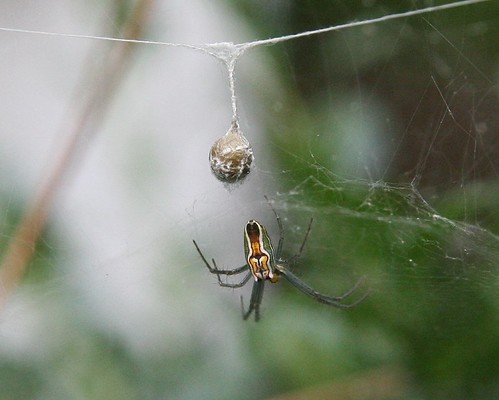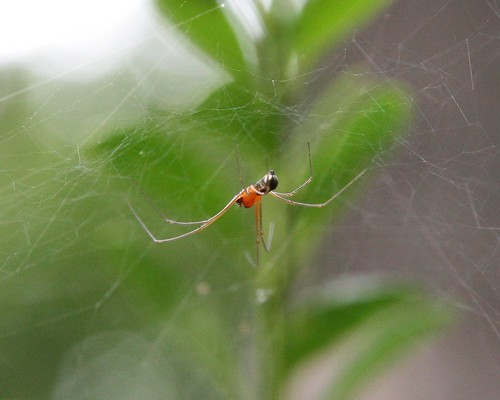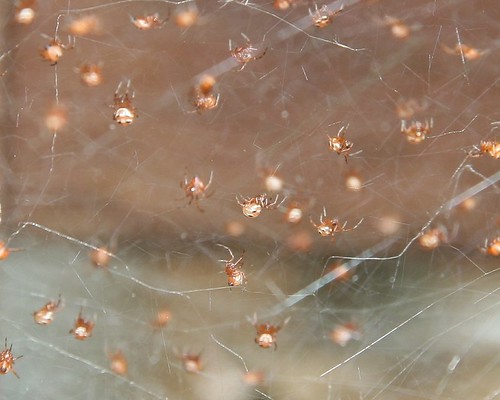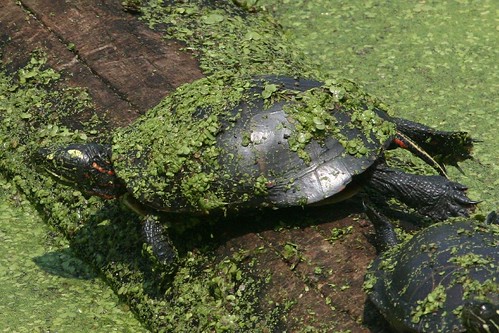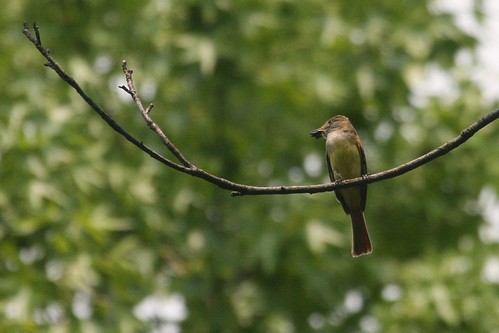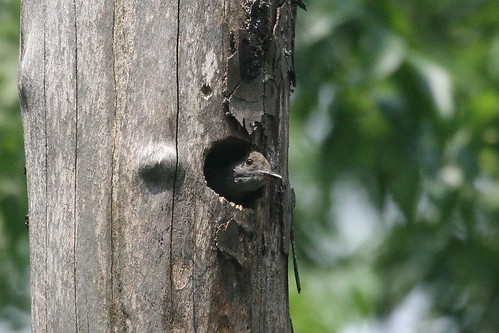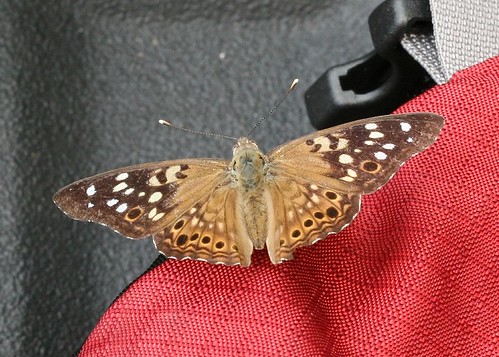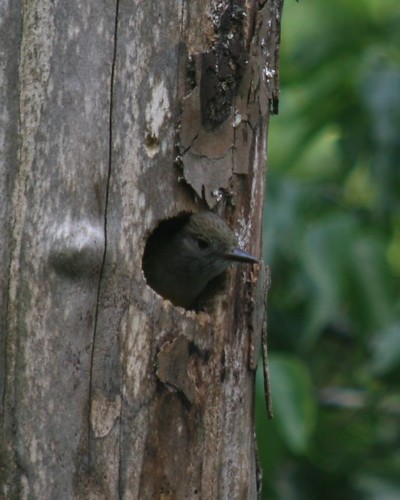You may remember me
writing a few weeks back about the
Rapidan Loop hike that I took in July. I have finally worked through the pictures that I took earlier in the summer and have "caught up" to the photos from the Rapidan hike. As mentioned in that earlier post, my friend Rich accompanied Tammy and I, and he also
wrote about this hike. Even better, while we were enjoying the views from Hazeltop, he took a picture of me taking a picture. Then, when he got home he turned that photo of me into a banner for my blog. I liked it so much that I promptly incorporated it into my blog template.
The first third of this hike takes you down from Skyline Drive to
Camp Hoover, where you can explore the history of the presidential retreat used by Herbert Hoover. A park ranger is resident in the camp, and he gives tours that describe the history of the camp, the various buildings that remain, and what they were used for. He also pointed out a couple of snakes that regularly sunned themselves on a rock in the camp.
Unfortunately, the snakes were halfway inside a shady crevice in the rock. We did not get great looks at the snakes. One was a
Timber Rattlesnake, one of
three poisonous snakes in Virginia, so we did not attempt to get very close.
In the first photo, you can barely see two snakes. The one of the left is a
Northern Watersnake (the camp is right next to where Mill Prong and Laurel Prong come together to form the Rapidan River). The one on the far right is the Timber Rattlesnake. In the second picture, I was able to crop a photo to provide a closer view of the rattlesnake's head. He looks mean.
